Construction of urban underground integrated pipe corridor
2021.06.29 page view:111Urban integrated pipe corridor
The integrated pipeline corridor refers to the structures and ancillary facilities built underground in the city to accommodate two or more types of urban engineering pipelines, which concentrate various municipal pipelines such as power, communication, water supply, drainage, gas and heat in one body, and implement "unified planning, unified construction and unified management" to achieve the comprehensive utilization and resource sharing of nderground space.
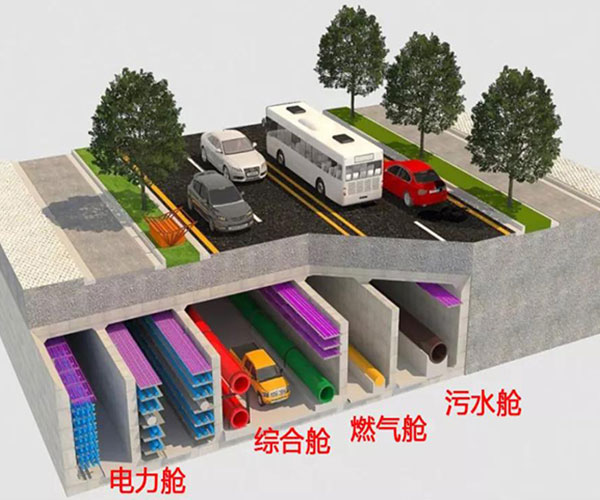
With the rapid development of integrated pipeline corridor construction, urban gas pipelines have received more and more attention, but there are large safety risks in gas tanks. It is of great significance to find and deal with all disaster problems in the bud, and it is necessary to build an early warning and monitoring system.
The combustible gas detection of gas tank is particularly important. Combustible gas refers to a class of gases with large flammability, common alkane gas, alcohol gas, alkene gas and other gases, can be detected by flammable gas detector.
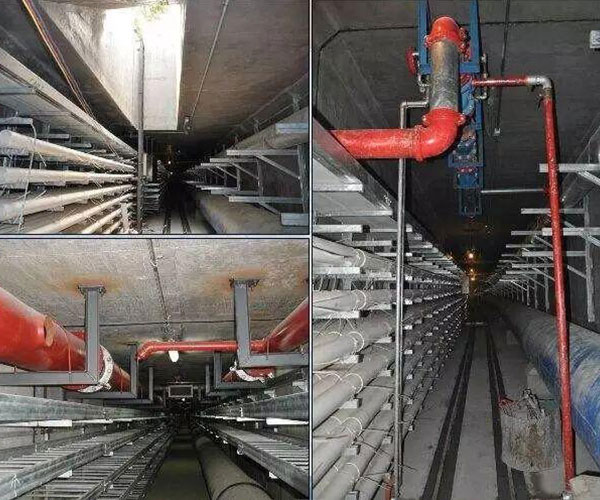
Cause of flammable gas leakage
The main causes are third-party damage and corrosion
Third-party damage includes damage to underground pipelines caused by construction or drilling operations of surrounding facilities, deformation and rupture caused by surface loads such as building pressure, and relative movement between soil and pipelines such as surface settlement resulting in pipeline damage. Corrosion mainly includes the external corrosion caused by the damage of the outer anticorrosive layer of the pipeline, the influence of stray current and the internal corrosion caused by the presence of corrosive medium in the pipeline.
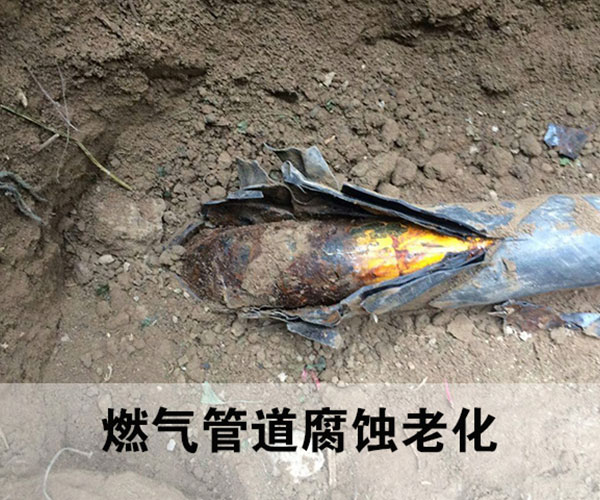
Flammable gas leakage hazard
The integrated pipe gallery is a relatively closed underground space, once the flammable gas leakage causes the explosion to spread easily in the pipe gallery, it will also directly threaten the safe operation of other pipelines in the pipe gallery. At the same time, most of the integrated pipe corridors are built in the busy traffic areas that are not allowed to re-excavate, and the accident will lead to greater social and economic risks.
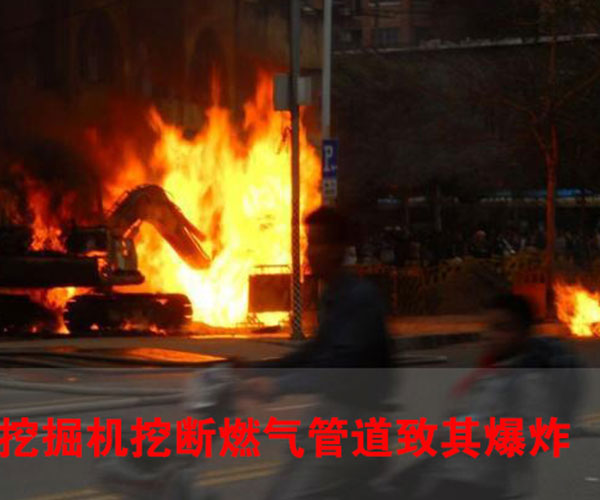
Gas tank inspection scheme
The gas detector is set in the gas compartment, and the combustible gas alarm system is connected, and the alarm limit is set according to the regulations;
When the gas pipeline enters and exits the gas tank, an emergency cut-off valve with remote shutdown function is provided externally; Gas cabin ventilation equipment and gas alarm system linkage;
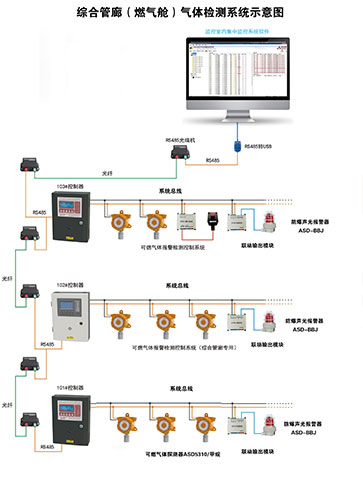
Main testing instrument
For the environmental monitoring of gas pipelines and gas tanks, the main instruments and equipment include combustible gas concentration detection (including methane and hydrogen sulfide), oxygen concentration detection, temperature and humidity detection, etc.
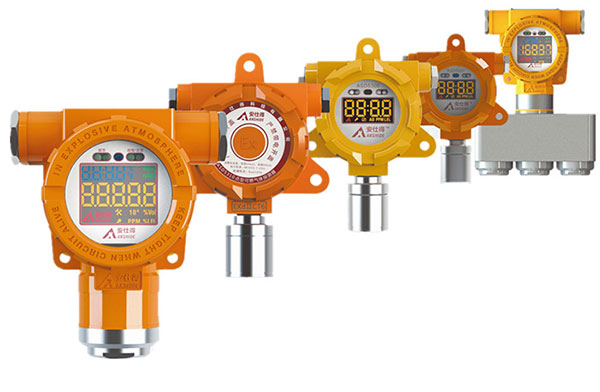
Detector mounting mode
The controller of the gas detector needs to be mounted on the wall of the duty room or monitoring room, about 160CM from the ground. The detector installation methods of combustible harmful gas alarm include tube installation, wall installation, bracket fixed installation and so on.
Detector installation precautions
1. Set combustible gas detection, alarm and linkage control system in the gas tank.
2. The gas cabin is equipped with a combustible gas alarm controller for each fire zone, which is responsible for the combustible gas monitoring, alarm and alarm information uploading of the fire zone.
3. Install explosion-proof combustible gas detectors along the bulkhead of each fire zone in the gas cabin, one every 15m on average. It should be appropriately added at branch openings, gas tank inlet and exhaust shafts and places where combustible gas is easy to accumulate.
4. The combustible gas detector is connected to the combustible gas alarm controller through the bus, and the alarm information is uploaded through the combustible gas alarm controller.
5. Explosion-proof flammable gas sound and light alarms are installed along the bulkhead of each fire zone in the gas cabin, with an average of one alarm every 30m. Oxygen concentration detection is installed every 100-500 meters or so.
6. When the concentration of natural gas in the cabin is greater than 20% of its lower explosive concentration value (volume fraction), the emergency ventilation equipment of the accident section and its adjacent sections shall be activated.
ASD5300 Combustible gas detector
The ALstAD ASD5300 combustible gas detector is designed and developed based on the more accurate, stable and long-life catalytic combustion detection principle, which meets the requirements of various standards and generates an audible and visual alarm when the concentration of combustible gas reaches the alarm threshold.
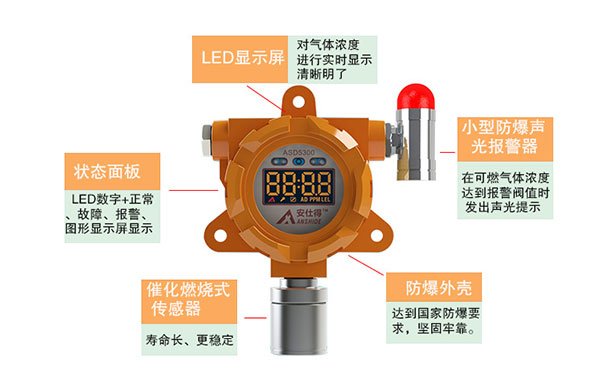
Product parameter
Detection gas: flammable gases such as alkanes
Detection principle: catalytic combustion type
Detection range: 0 ~ 100%LEL
Working voltage: DC24V±6V
Power consumption: ≤1.5W (DC24V)
Low alarm: 25%LEL (factory setting)
High alarm: 50%LEL (factory set value)
Alarm error: ±3%LEL
Indication error: < ±5%LEL
Response time: < 30s(T90)
Output capacity: ≤ 30V2A (maximum contact current)
Output mode: a group of passive switching output
Communication mode: ABUS four bus; 4 ~ 20mA three-point line
Communication distance: ≤1500 meters
Operating temperature: -40℃ ~ +70℃
Working humidity: ≤93%RH
Pressure range: 86kpa ~ 106kpa
Explosion-proof class: Exd IICT6 Gb
Protection level: IP66
Sampling method: diffusion type
Electrical interface: M20*1.5 thread (inside)
Sensor life: 3 years (typical)
Detector net weight: 1.5kg
Dimensions: 198*140*92 (mm)
Application field
This product is used in catering industry, boiler room, gas station, gas station, sewage treatment plant, iron and steel metallurgy, petrochemical industry, steel manufacturing, gas gas, frozen fire, food medicine, paint factory, spraying factory, electric power, communication and other industries.
Anstal Technology has been focusing on gas detection for many years, aiming at sub-divided gas detection scenarios such as wet underground pipe gallery, semi-closed, and long project distance, and has developed a full set of solutions from bottom collection to top supervision.
At the same time, it effectively solves many problems such as the equipment is susceptible to moisture corrosion, the accuracy is reduced due to poor ventilation, the data reliability is reduced due to long communication distance, and so on. The combustible gas concentration in the underground space is collected in real time to ensure the safety of the gas environment inside the pipe gallery.

